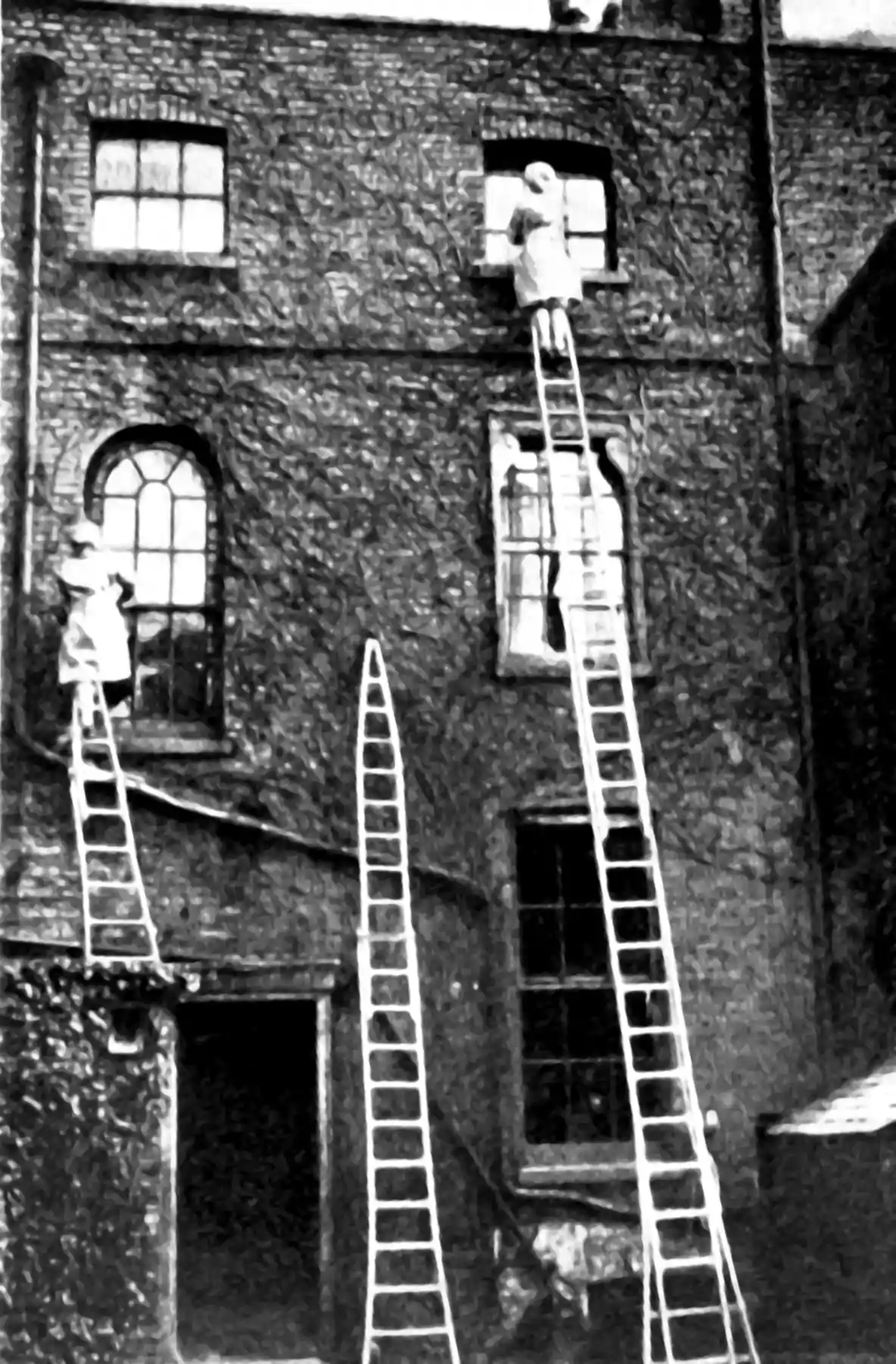Position encoding
Also Fourier features
January 21, 2021 — June 22, 2023
Suspiciously similar content
On passing relative location (or features derived from relative locations) into neural networks. Pops up often. That it pops up often is interesting, but I am not sure if there is something general to say; I’m not even sure that the position encodings described here are even the same kind of object. 🏗️🏗️🏗️
1 In transformers
Position encoding ends up being important in transformers (Dufter, Schmitt, and Schütze 2022).
2 In implicit representation networks
Implicit representation networks, such as PINNs and Neural radiance fields act mostly (or only) upon position features.
3 Fourier features
Encoding the position through its sine and cosine. See Tancik et al. (2020) for some theory.
Connection to Fourier features in Gaussian Processes?
See also Fourier Feature Networks.
4 In basis decomposition networks
This idea is, I think, also implicit in any neural network that does basis decomposition, because basis functions encode a “location” in the same way that Fourier features do.
5 In spatiotemporal networks
Not a headline, but spatiotemporal NNs typically use positional predictors, for example Fourier Neural Operators often pack position encoding in.
6 As a means of globally locating a local algorithm
Convnet-like NNs are local.
